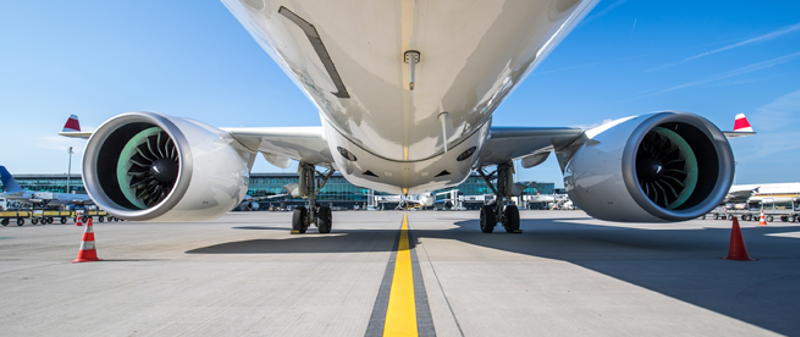On 1 January 2021, trading began under the African Continental Free Trade Area (AfCFTA), a regional trade agreement signed by 54 of the 55 African Union member states.
Covering approximately 1.2 billion people, the new free-trade area will be the largest in the world since the formation of the World Trade Organization.
What is the purpose of the AfCFTA?
It is designed to reduce bureaucratic procedures for international trade, shorten customs transaction periods and establish clear quotas and product origins.
As of now, Africa can start trading on over 81 percent of products on preferential terms. These goods form part of the initial trading, while negotiations on the remaining 20 percent are ongoing and expected to be concluded by July 2021.
More broadly, customs tariffs applied to commercial goods produced inside the continent will be reduced by 90 percent in the first five years, by 97 percent over 10 years and then will be completely removed.
How can technology help keep you compliant?
CargoWise is a single-platform solution that shares customs entry data across your operations and network of partners, allowing you to enter data once, then transfer it to a new entry automatically, any time and from anywhere.
Using CargoWise, the new requirements outlined in the AfCFTA agreement can be easily applied in import and export declarations with just one click.
What’s more, the platform features a native integration with South African Customs, helping you speed up your declarations’ processing time while also ensuring quality and accuracy is maintained.
Want to accelerate the speed and accuracy of your customs clearance processes? Create, manage and clear your import and export customs declarations with CargoWise. Learn more
Need help optimizing your productivity with CargoWise? Our global CargoWise Partner network helps customers of all sizes implement and configure CargoWise to suit your business needs. Find out how
